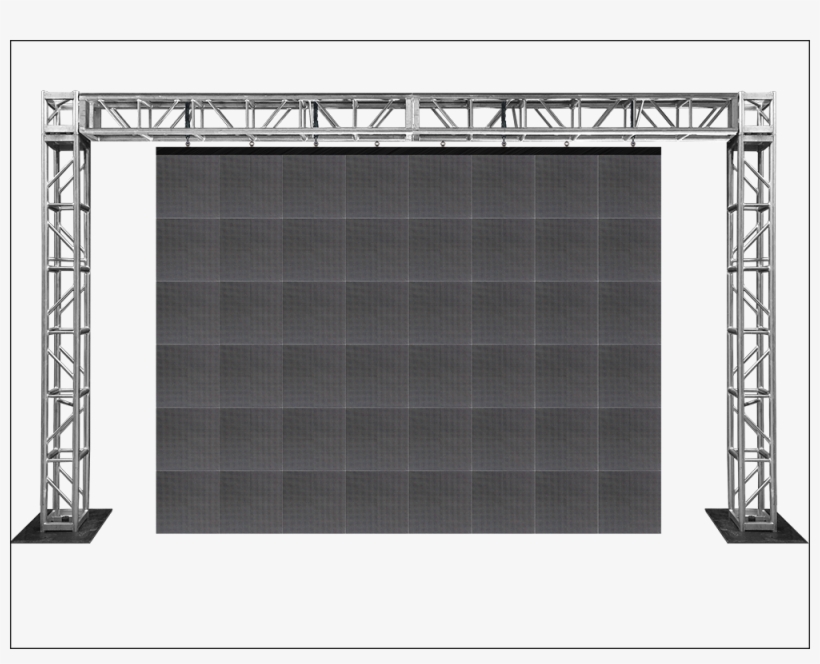Investigating The Way Resolution Influences the Performance and Visual Caliber of LED Screens in Contemporary Display Techniques
Investigating The Way Resolution Influences the Performance and Visual Caliber of LED Screens in Contemporary Display Techniques
Blog Article
LED walls are growing more and more common in various settings, including concerts and sports competitions to corporate displays and art exhibits. One of the key crucial factors that influence the functionality and image clarity of these displays is resolution. Image resolution denotes the quantity of pixels that make up the visual on the display. Increased resolution indicates additional pixels, which can lead to sharper and clear images. Grasping how image clarity impacts LED walls can help users make knowledgeable choices about their screen needs.
When talking about image clarity, it is crucial to take into account picture spacing, which is the gap between the midpoint of one picture element to the midpoint of the next pixel. A smaller pixel spacing yields a higher resolution, allowing for more clarity in the visuals shown. For instance, an LED screen with a picture spacing of 1.5mm will provide a clearer image than one with a picture pitch of 3mm. This is particularly important in environments where viewers are near to the display, such as in a compact location or a trade event booth. In these situations, a higher resolution can significantly improve the viewing experience.
Another aspect of image clarity is its effect on hue accuracy and brightness. LED walls with higher image clarity often have better color reproduction, meaning that the hues shown are more vibrant and true to life. This is crucial for uses like marketing, where the objective is to attract attention and convey a concept efficiently. Additionally, greater resolution displays can maintain brightness levels even when seen from various perspectives. This is crucial in large venues where audiences may be positioned at various ranges and angles from the screen.
The functionality Recommended Reading of LED screens is also influenced by resolution in terms of refresh rates and response times. A higher resolution display can handle faster refresh rates, which is essential for dynamic content such as videos and motion graphics. This means that the images on the screen will appear more fluid and increasingly fluid, enhancing the total observing quality. In comparison, reduced image clarity displays may struggle with dynamic material, resulting in fuzziness or delay. Therefore, for occasions that rely on high-energy visuals, choosing a display with a suitable image clarity is vital.
In summary, image clarity plays a crucial role in determining the performance and visual quality of LED walls. Factors such as pixel spacing, color accuracy, luminosity, update frequencies, and reaction durations all affect how effectively a display can convey information and engage viewers. As advancements continues to advance, grasping these elements will help users select the appropriate LED screen for their particular requirements, ensuring that they achieve the best possible results in their presentations and occasions.